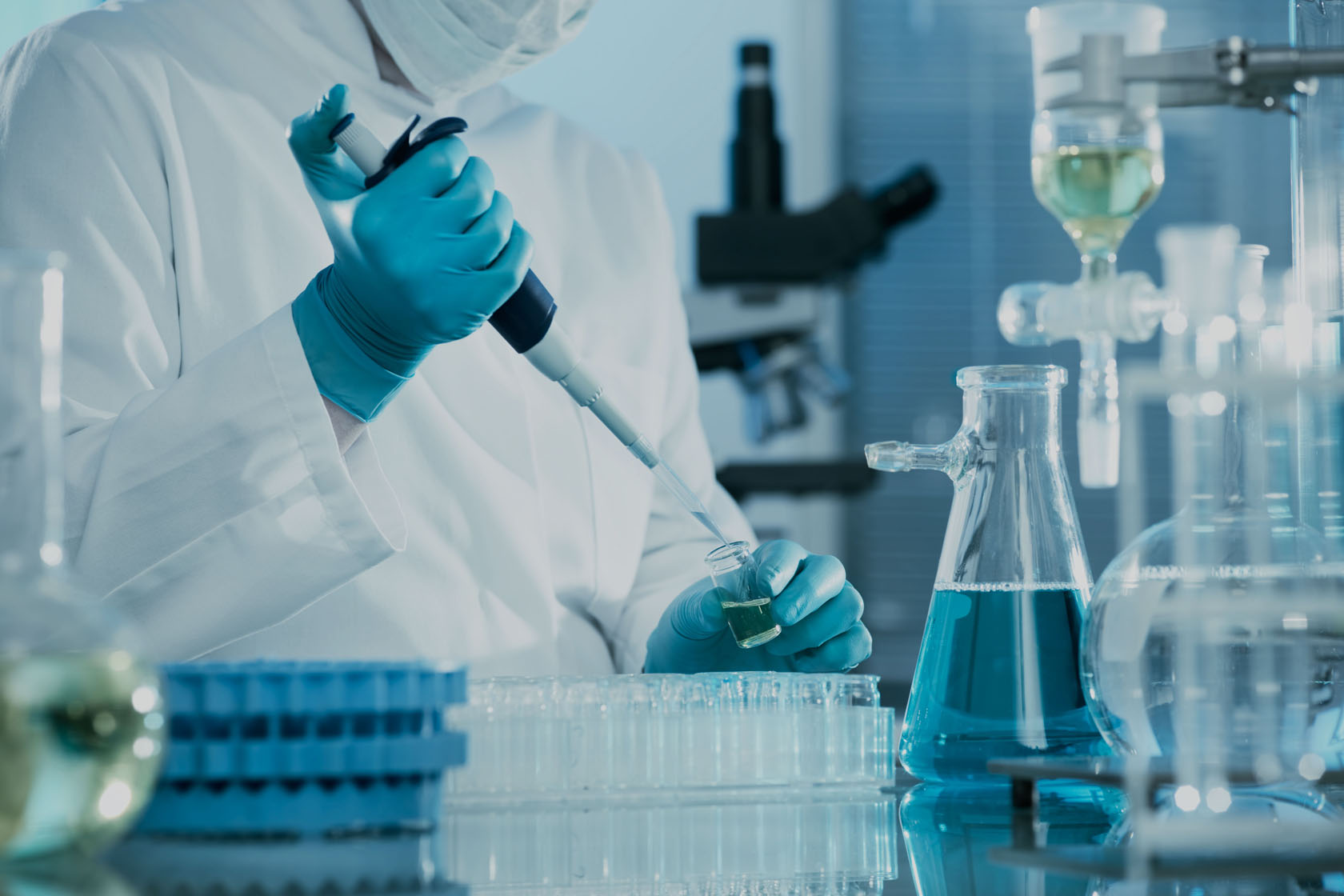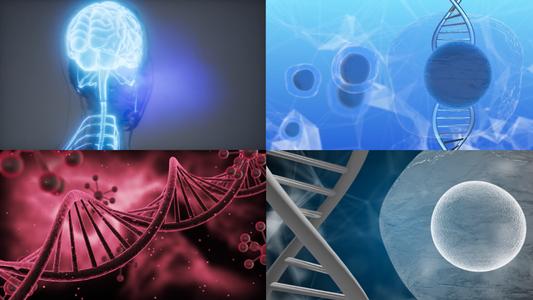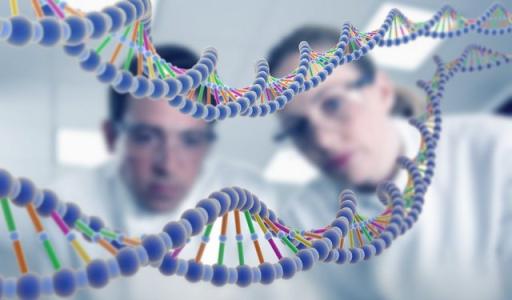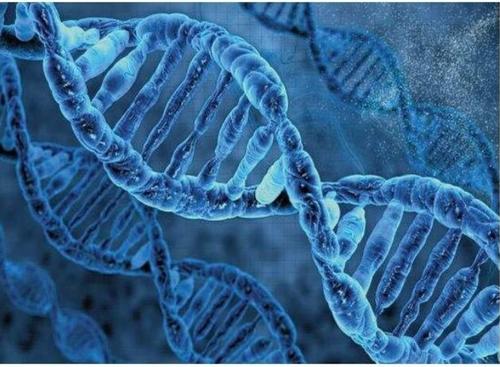
Stem cell genetic testing
Stem cells, the star of hope for human life and health, are shining brightly in the field of medicine, bringing a groundbreaking revolution to life sciences. The characteristics of immune regulation and self replication are increasingly attracting people's attention. It can differentiate into various tissue cells such as fat, bone, cartilage, muscle, tendon, ligament, nerve, liver, myocardium, endothelium, etc. under specific induction conditions in vivo or in vitro. Its powerful replication ability and differentiation potential make it a star cell in the stem cell family, which can be widely used in clinical treatment of diseases.
Placental multipotent stem cells
Subcompetent stem cells appear from the 5th to 7th day of embryonic formation and can differentiate into over 200 types of human tissue and organ cells, but cannot form a complete human body. Placental multipotent stem cells are a group of multipotent stem cells derived from neonatal placental tissue. They are similar to embryonic stem cells during development and have the ability to differentiate into tissue cells of three germ layers, but do not form teratomas.
Placental hematopoietic stem cells
The placenta is the site of blood exchange between the fetus and the mother, containing a rich microcirculation of blood. During the stage of human development in the mother's uterus, the placenta is one of the first organs to form. The placenta contains a large number of early stem cells, including abundant hematopoietic stem cells. These stem cells perform hematopoietic functions in the placenta. The hematopoietic stem cells contained in the placenta detached after birth can differentiate into the ancestors of various blood cells (red blood cells, white blood cells, platelets, etc.), which can be injected into the body to exert hematopoietic function.
Bone marrow mesenchymal stem cells
It is an important member of the stem cell family, originating from the early developmental mesoderm and ectoderm MSCs were initially discovered in bone marrow and have gained increasing attention due to their multi-directional differentiation potential, hematopoietic support, promotion of stem cell implantation, immune regulation, and self replication Mesenchymal stem cells can differentiate into various tissue cells such as fat, bone, cartilage, muscle, tendon, ligament, nerve, liver, myocardium, and endothelial cells under specific induction conditions in vivo or in vitro. After continuous passage culture and cryopreservation, they still have multi-directional differentiation potential and can be used as ideal seed cells for tissue and organ damage repair caused by aging and disease Bone marrow mesenchymal stem cells are increasingly favored by scholars due to their wide source, easy isolation and culture, strong differentiation potential, and the ability to self transplant. They are considered the optimal stem cells that will soon be introduced into clinical treatment.
Skin beauty gene testing
Due to the increasing lifespan of human beings, maintaining health and delaying aging have become a global issue. Through extensive research, it has been proven that the main factors affecting skin aging are: (1) the skin's ability to resist free radicals; ⑵ Detoxification ability of the body; ⑶ Skin anti photoaging ability; ⑷ Skin DNA damage repair ability. With the advancement of science and technology, research on this topic has delved into the genetic level. Genes are the fundamental elements that make up the human body and affect genetics. Genes make up cells, cells make up tissues, and tissues and organs make up living organisms. Aging refers to irreversible phenomena such as functional decline, decreased environmental stability and stress resistance, and structural degeneration that occur in the body as it ages and matures. Diseases or abnormal factors can cause pathological aging and the emergence of susceptibility genes. Genes are internal factors for longevity, and external environments can also affect longevity and aging. Genes and cells are the fundamental units of living organisms. If the gene expression of specific gene groups can be reset, it will make people forever youthful and open a new era of anti-aging. The main reason for human aging is due to defects in the human body's "maintenance" and "repair" systems controlled by genes, resulting in gene mutations in gene fragments that control the synthesis of certain proteins, causing disorder in the sequence of DNA basic units, leading to the loss of cellular DNA repair systems, and affecting the replication of cellular genetic material.

The telomerase gene is also closely related to aging and is currently a hot research topic. Injecting telomerase into aging cells can extend the length of telomeres, rejuvenate cells, and provide a new pathway for human anti-aging. British researchers reported in the journal Science that kinase SGK11 is a riboprotein gene that can limit calories and prolong lifespan. Cell division promoting factors, keratinocyte growth factor-2 (KGF-2) and fibroblast growth factor (FGF), the former can promote the proliferation and growth of skin cells and hair, restructure skin structure, delay skin aging, promote wound healing, while the latter can increase subcutaneous tissue moisture, promote subcutaneous connective tissue growth, enhance skin whitening, both have strong cosmetic repair and anti-aging effects, and will be widely used in the field of genetic beauty.
The Nu Skin Anti Aging Center in the United States, Stanford University, and the LifeGen Technologies Center, a global authority on genetic research, have found that 20-25 specific genes in the human body are closely related to aging, and have named them "youth gene clusters (YGCs)". This longevity gene is an anti-aging gene that can delay aging. The above three units have formed a golden triangle for the study of youth gene groups worldwide. Discovering that YGCs are the intrinsic root cause of human aging. Through genomic analysis and clinical research results, it has been proven that the function and expression level of YGCs are closely related to signs of skin aging. Research on YGCs suggests that maintaining youthfulness depends on the ability of the youth gene group to recombine and balance, in order to achieve the activation of the youth gene cluster throughout life. Age related super markers are proteins found on the surface of cells that are associated with aging. Mitochondria are the "battery" and "power" of every cell's activity, and are the vitality of the human body. Currently, the Nu Skin Anti Aging Center has identified and located genes related to mitochondrial function. In the 2012 issue of the journal Science, they reported for the first time the discovery of "extremely long live proteins (ELLPs)" on the outer surface of rat brain nuclei. The "extremely long-lived protein" on the surface of the cell nucleus can maintain the smoothness of the nuclear membrane pore channels and maintain gene activity, which lays a significant theoretical foundation for the clinical application of anti-aging in the future and opens up a precedent.

Genes determine a person's lifespan, aging, health, diseases, and beauty. Gene sequencing can reveal one's physiological basis and prevent diseases purposefully and directionally. The current genetic testing programs in China include testing at 8 different sites, including D, E, F, G, H, Cs, M1, and M2. In addition, it can also detect dozens of diseases that have an impact on human health. Related to beauty gene testing is M1 health beauty gene testing; M2 weight loss health gene testing. Beauty genetic testing is an advanced genetic technology that detects individual skin genetic traits and evaluates the compatibility of beauty factors. It can detect 8 major categories of genes in humans: ⑴ skin color genes; ⑵ Anti wrinkle genes; ⑶ Obesity genes; ⑷ Nutritional metabolism genes; ⑸ Skin immunity; (6) Endocrine genes; ⑺ Antioxidant genes; Cell renewal genes. Evaluate the most appropriate nutritional and cosmetic factors for skin beauty, and provide personalized beauty treatments.
The entire process of genetic testing involves collecting samples first, followed by testing. Generally, oral mucosal exfoliated cells are used, and the sample collection method is: ⑴ oral cleaning; Preparation before collection; Scrape the oral mucosal cells; Collect cells; ⑸ Fix the cells. Mix evenly and submit for testing. After extracting the cells, primers and PCR (polymerase chain reaction) technology are used to identify the existing mutated genes. Multiple copies of these genes are replicated, and mutation sensitive genotypes are determined using methods such as mutation gene injection, enzyme digestion, and gene sequence testing. The accuracy of genetic susceptibility genotype detection is 99.99%. Gene chips or DNA chips are the latest scientific achievements that integrate molecular biology, semiconductor microelectronics, lasers, chemical dyes, and other fields.

